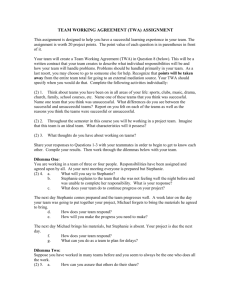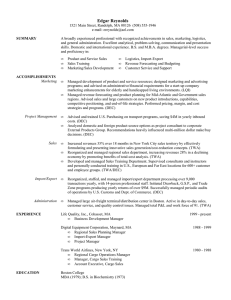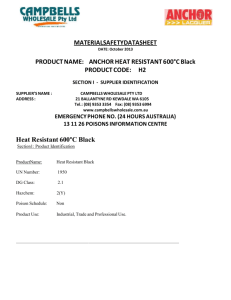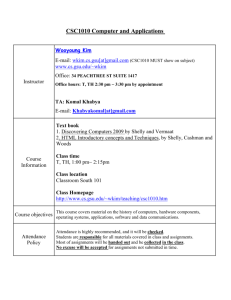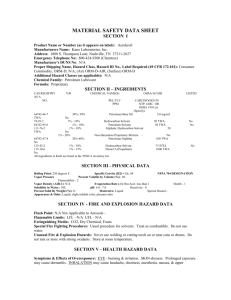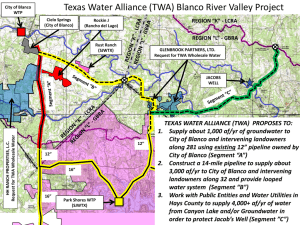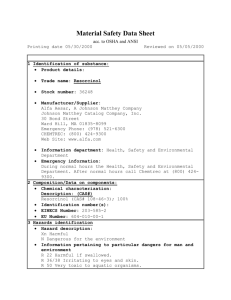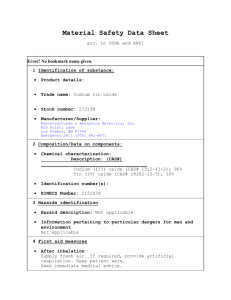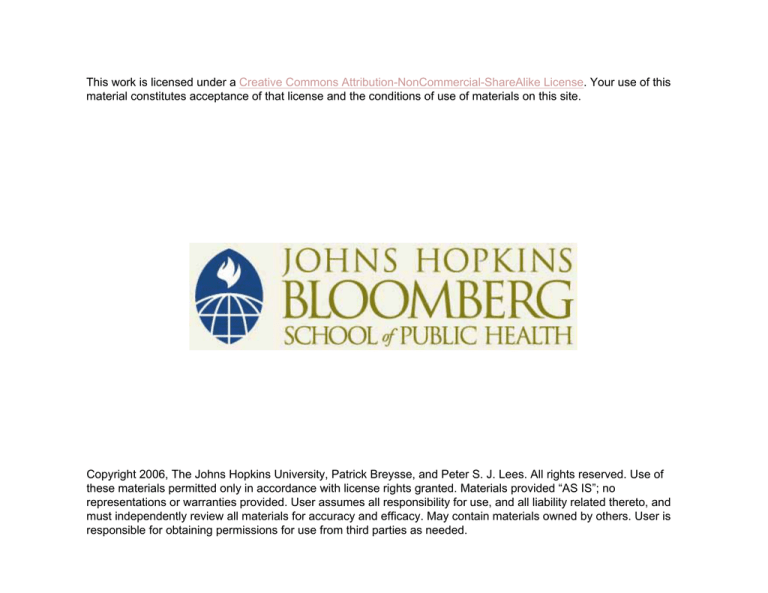
This work is licensed under a Creative Commons Attribution-NonCommercial-ShareAlike License. Your use of this
material constitutes acceptance of that license and the conditions of use of materials on this site.
Copyright 2006, The Johns Hopkins University, Patrick Breysse, and Peter S. J. Lees. All rights reserved. Use of
these materials permitted only in accordance with license rights granted. Materials provided “AS IS”; no
representations or warranties provided. User assumes all responsibility for use, and all liability related thereto, and
must independently review all materials for accuracy and efficacy. May contain materials owned by others. User is
responsible for obtaining permissions for use from third parties as needed.
Industrial Hygiene Concepts
Patrick N. Breysse, PhD, CIH
Peter S.J. Lees, PhD, CIH
Johns Hopkins University
Copyright 2005, Patrick N. Breysse, Peter S. J. Lees, and The Johns Hopkins University. All rights
reserved. Use of these materials permitted only in accordance with license rights granted.
Materials provided “AS IS”; no representations or warranties provided. User assumes all
responsibility for use, and all liability related thereto, and must independently review all materials
for accuracy and efficacy. May contain materials owned by others. User is responsible for
obtaining permissions for use from third parties as needed.
Section A
Time-Weighted Averages
CONCENTRATION
Exposure Profile
14
12
Peak
Time weighted average
(TWA)
10
8
6
4
2
0
8:00 9:00 10:00 11:00 12:00
1:00
2:00
3:00
4:00
5:00
TIME
Source: Patrick Breysse and Peter S. J. Lees
4
Time-Weighted Average
Apportions the measured exposure
based on the interval of time during
which the exposure occurred
Can apply to any time period but is
typically used for 8-hour periods of time
Also applies to short term samples
(i.e., a STEL is a 15-minute TWA)
5
Calculation of
Time-Weighted Averages
General formula:
n
∑c t
1 1
TWA =
i=1
n
∑t
i
i=1
where :
ci = concentration during the i interval
th
ti = duration of the i interval
th
Continued
6
Calculation of
Time-Weighted Averages
Common formula:
t1c1 + t2c2 + ... + tncn
TWA =
t1 + t2 + ... + tn
Compliance formula:
t1c1 + t2c2 + ... + tncn
8hr TWA =
8hr
7
Example of
TWA Calculation
Partial period samples (PEL=12ppm):
– 4 hours @ 11ppm
– 2 hours @ 14ppm
– 2 hours@ 20ppm
TWA =
4hr ∗ 11ppm + 2hr ∗ 14ppm + 2hr ∗ 20ppm
4hr + 2hr + 2hr
Continued
8
Example of
TWA Calculation
44ppmhr + 28ppmhr + 40ppmhr
TWA =
8hr
112ppmhr
TWA =
= 14ppm
8hr
Continued
9
Example of
TWA Calculation
Partial period samples:
– 1 hours @ 11ppm
– 2 hours @ 14ppm
1hr ∗ 11ppm + 2hr ∗ 14ppm
TWA =
1hr + 2hr
Continued
10
Example of
TWA Calculation
11ppmhr + 28ppmhr
TWA =
3hr
39ppmhr
3 - Hour TWA =
= 13ppm
3hr
11
Compliance and
the 8-Hour TWA
Partial period samples (PEL=12ppm):
– 4 hours @ 11ppm
– 2 hours @ 14ppm
– 2 hours@ not sampled
TWA =
4hr ∗ 11ppm + 2hr ∗ 14ppm + 2hr ∗ 0ppm
4hr + 2hr + 2hr
Continued
12
Compliance and
the 8-Hour TWA
44ppmhr + 28ppmhr + 0ppmhr
TWA =
8hr
72ppmhr
8 - Hour TWA =
= 9ppm
8hr
13
Section B
Exposure Limits for Mixtures
Exposure Limits (ELs) for Mixtures
Exposure limits set for single
substances, but multiple simultaneous
exposures is the industrial norm
Combined exposure limit can be
calculated if:
– Components have similar
toxicological effects
– Combined effect is assumed to be
additive
15
Calculating EL for Mixtures
Mixture in compliance if:
C1
C2
Cn
+
+ ... +
< 1.0
EL1 EL2
ELn
where :
C = measured 8 - hour TWA concentrat ion
EL = exposure limit for substance
16
Example of EL for Mixtures
Mixture:
– Methyl isopropyl ketone @ 100 ppm
(TLV=200ppm)
– Methylcyclohexane @ 300ppm
(TLV=400ppm)
– Both TLVs set for protection against
anesthetic (CNS) effects
Continued
17
Example of EL for Mixtures
100ppm 300ppm
+
= 0.5 + 0.75
200ppm 400ppm
= 1.25 which is not less than 1.0,
so this mixture is NOT in compliance
18
Section C
Exposure Limits
for Extended Work Shifts
EL for > 8-Hour Work Shifts
Many workers work longer than eight
hours per day and 40 hours per week
Apply adjustments to ELs with caution
Should not be used to justify very high
exposures as “allowable” where
exposure periods are short
Continued
20
EL for > 8-Hour Work Shifts
Adjustments don’t have the benefit of
historical use and long term observation
– Medical supervision during early
adjustment use advisable
Continued
21
EL for > 8-Hour Work Shifts
In simplest form, dose (concentration x
time) is held constant and new
allowable concentration is calculated:
CallowedT8hr = CallowedTXhr
Other more complicated adjustment
calculations can account for
pharmacokinetic behavior
22
Example EL for
>8-Hour Work Shifts
What is the EL for benzene over a
12-hour shift given an 8-hour EL of
1.0ppm?
CallowedT8hr = CallowedTXhr
1.0ppm ∗ 8hr = Xppm ∗ 12hr
8.0ppmhr = 12Xppmhr
X = 0.67ppm
23

